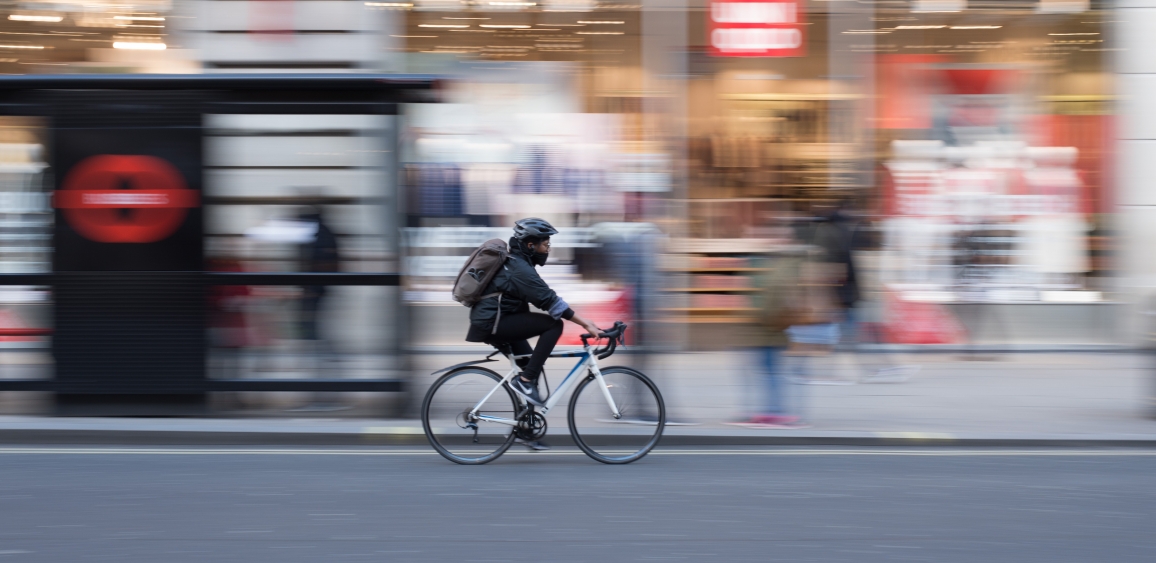Iginio Rossi, Francesco Sbetti, INU – URBIT
Mobility after the Coronavirus: cities are starting to function again, but mass public transport cannot meet the demand for mobility due to widespread limitations and mobility on private vehicles generates congestion and air pollution which is becoming one of the factors that further favors the spread of the infection. On the other hand, it became clear that there are ways of working and training that do not require moving from home or at least do not always require it in principle. A strategic space opens up for soft mobility, which Administrations can consolidate and expand with appropriate measures. From some experiences underway since the lockdown emerge: reorganization of the operating times of the city; incentive for soft mobility; integration of the most sustainable methods; priority to pedestrian, walking, cycling.
Unfortunately, these initiatives are often lacking in a strategic vision in the medium to long term and above all lack a framework in policies capable of guaranteeing the integration that allows our cities to offer qualitatively high uses within the mobility system.
The meeting aims to compare policies, plans and projects that show consistency with the necessary re-interpretation of integrated mobility in the urban but also in the territorial environment.
SCHEDULE
Networks for integrated mobility: where do we start again?
Francesco Sbetti, Urbanistica Informazioni
Rethinking and rebalancing the networks of soft mobility. Urban design for the city
Italo Meloni, CIREM, University of Cagliari
Active mobility post Covid: the boom bike from new consciousness to regulatory innovations
Alessandro Tursi, FIAB
Cohesive territories – solidarity and technological platforms
Luigi Pingitore, Istituto Nazionale di Urbanistica
Marche infinite beauty, the Marche cycle network: an integrated and connected system
Vittorio Salmoni, Urbanistica Italiana, ISTAO
Mobility and shared space in the emergency in Bologna
Cleto Carlini, Municipality of Bologna
Strategies to make the use of the car more sustainable (which also include soft mobility)
Michele Ugolini, Polytechnic University of Milan
Walking is good for the city. The reason why active mobility urges a new soil design
Stefano Munarin, Iuav University of Milan
The cycle network between soil design and urban resilience
Antonio A. Clemente, University of Chieti-Pescara
Integrated cycle network with urban attractions. Catania’s strategy to make mobility more sustainable and deal with the Covid emergency
Fabio Finocchiaro, Municipality of Catania
Conclusion of the session
Italiano
